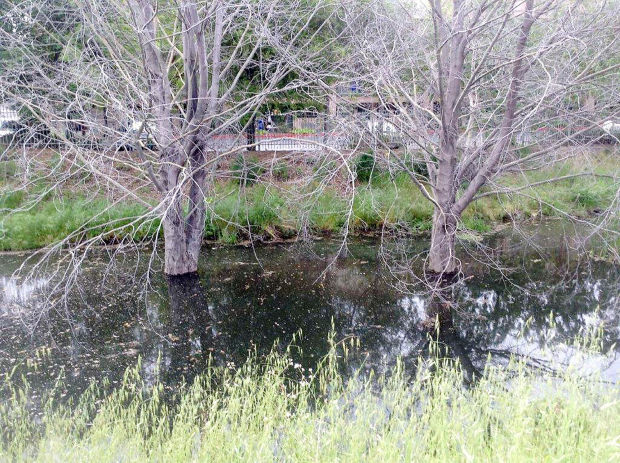 Government plans to capture ‘wild’ Devon beavers unlawful, says Friends of the Earth
Government plans to capture ‘wild’ Devon beavers unlawful, says Friends of the Earth
Friends of the Earth has written to the Environment Secretary Liz Truss to warn that plans to capture a beaver family on the River Otter in Devon “may be unlawful”.
However Friends of the Earth claims that Britain forms part of the “natural range” of beavers and that removing them could be against EU laws governing protected species.
“Beavers belong in England, and are an essential part of our ecosystems – Government plans to trap them should be scrapped,” said Friends of the Earth Campaigner Alasdair Cameron. “Beavers bring huge benefits to the environment – reducing flooding and boosting fish stocks and biodiversity. Rather than try and get rid of them, we should be thrilled to have them back in our landscape.”
Nice! Friends of the Earth are are new best friends! (Bonus points: Their acronym and website is FOE.) This report was on the radio in the UK this morning and all over the press. Let’s hope it throws a little monkey wrench in the spokes of this dastardly plan. I mean another one. In addition to harboring evil intent, DEFRA appears to suck at their job. No beavers caught yet, and their success at badger killing is equally laughable. Fingers crossed the EU threat will just tip the scale into oblivion.
_________________________________________________________
 Yesterday was full of last minute preparations trying to track down Mary Obrien to confirm that I am really honest-to-goodness going to Utah Friday to present at their “Leave it to beavers” festival on Saturday. She had said someone would pick me up from the airport but, in my usual precise way, I needed to know WHO and WHEN I was presenting. She hadn’t responded to my emails and I wasn’t sure I could talk Jon into getting into an airplane without more details.
Yesterday was full of last minute preparations trying to track down Mary Obrien to confirm that I am really honest-to-goodness going to Utah Friday to present at their “Leave it to beavers” festival on Saturday. She had said someone would pick me up from the airport but, in my usual precise way, I needed to know WHO and WHEN I was presenting. She hadn’t responded to my emails and I wasn’t sure I could talk Jon into getting into an airplane without more details.
Since I wasn’t able to get a hold of her, I called her friends and co-workers and generally sounded alarmed enough that I got a call back last night from a very exhausted Mary in the field. Everything was fine. Yes, it was really happening. Children had gotten notices at school and it was on the radio.
Oh.
I apparently am presenting at 11:00 and 2:00 on Saturday. Mary or Phil Brick will pick us up, and her students from Whitman will make us dinner that night and I’ll talk to them about our historic prevalence papers and how we did that research. Hopefully we’ll get to see a little of St. George before we fly home Monday, after spreading the beaver gospel in a third state!
So I guess that’s what I’ll be doing this weekend.

ST. GEORGE – The Utah Department of Wildlife Resources is holding its annual festival, “Leave it to Beavers,” aimed at educating the community about beavers and other wildlife on Saturday at the Tonaquint Nature Center, 1851 South Dixie Drive, in St. George.
The event, which will run from 10 a.m. to 4 p.m., will feature a myriad of family friendly activities and opportunities to learn about the benefits beavers provide to the local environment and ecosystem, said Lynn Chamberlain, conservation and outreach manager for the DWR’s southern region, Lynn Chamberlain said.
“There are more beavers on the Virgin River and its tributaries than most people realize,” Chamberlain said.
Previously held in Boulder, this annual festival has been moved to St. George to provide the local community a chance to understand and appreciate this industrious and charismatic river creature, Chamberlain said.
This is a free event for the whole family, she said, and everyone is invited to come out and spend the day.
Event details Where: Tonaquint Nature Center, 1851 South Dixie Drive, St. George When: Saturday, Sept. 27, 10 a.m. to 4 p.m. Cost: Free Online: Leave it to BeaversSomething tells me the Martinez Beavers are going to be right at home in St. George.






 One final update of some not-so-local beavers. On Sunday we had another visitor from the
One final update of some not-so-local beavers. On Sunday we had another visitor from the 









































